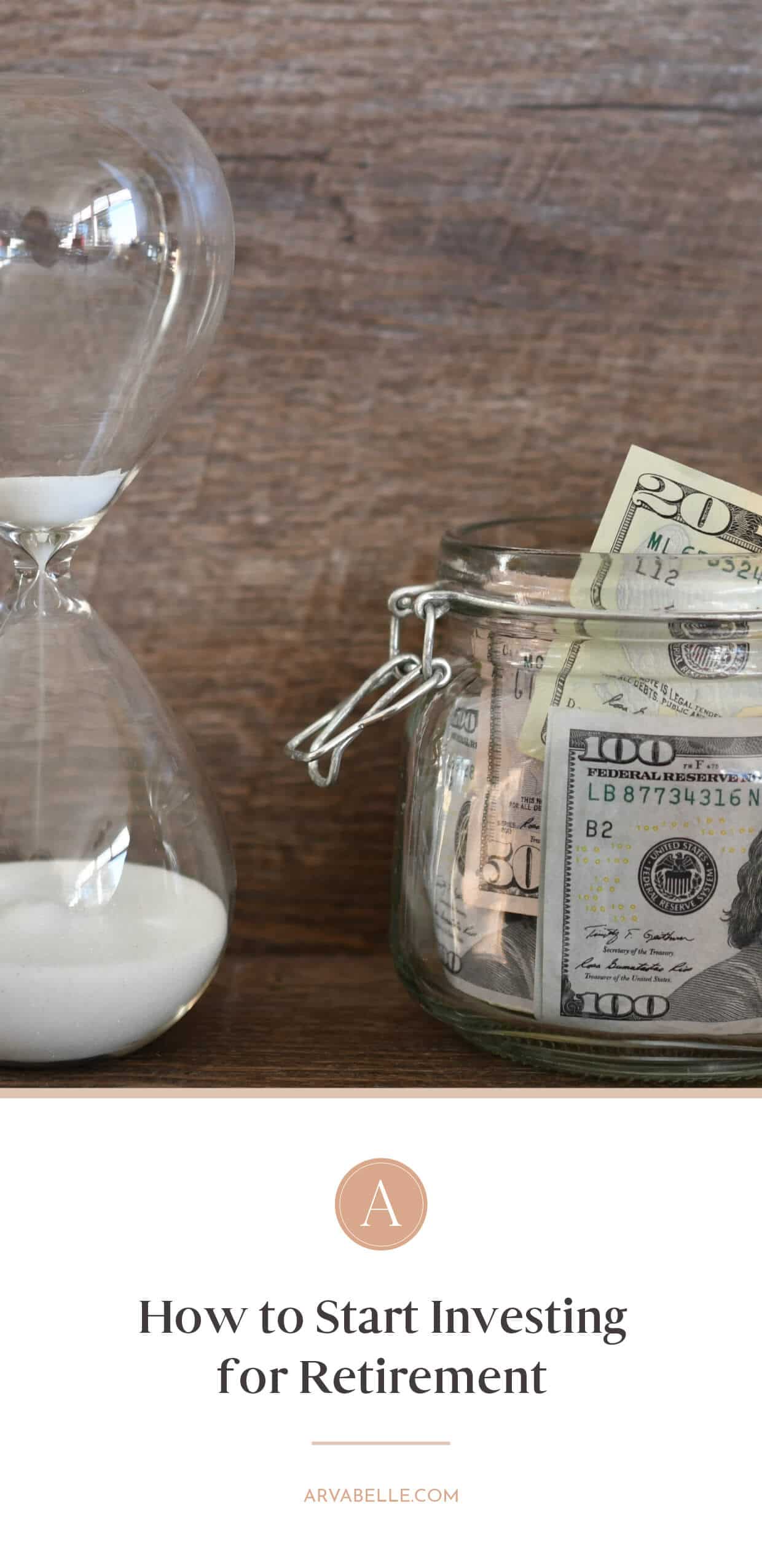
What are 401(k)s and Roth IRAs? Should you have one? In this post we’ll break down the basics of the traditional 401k, Roth IRAs, and Roth 401k retirement plans.
** This post may contain ads and affiliate links.
Choose the Right Account(s) for You
Just to recap the basics: the following are types of retirement accounts. You can invest the money within these accounts into stocks, bonds, mutual funds, etc. Your money grows through compound interest.
Traditional 401(k)
401(k)s are retirement accounts offered by employers. The main benefit of a 401(k) is that your employer will usually match your contributions up to a certain percentage.
Roth 401(k)
Roth 401(k)s are still relatively new, but they’re becoming a more popular option for employers to offer. This account combines a 401(k) with some of the benefits of a Roth IRA.
When you contribute to a traditional 401(k), you contribute pre-tax money. With a Roth 401(k), your contributions are post-tax money.
So what does that mean? With a Roth 401(k) you’ll contribute money after you’ve already paid income taxes on it. Because you already paid tax, your investments grow tax free.
For a more detailed overview, watch the video below.
IRAs
IRA stands for Individual Retirement Account. Again, these are types of accounts, and you make investments within these accounts.
Roth IRAs have the benefit of growing tax free.
Just like a Roth 401k, you contribute post-tax money to a Roth IRA. All of the profit generated in this account is tax free after the age of 59.5. That means you pay no tax on years of compounded interest and earnings.
To get a better understanding of how a Roth IRA works, watch the video below.
Self Employed?
There are options for you too!
Anyone can open up an IRA, but if you’re looking for tax incentives similar to what a traditional 401(k) offers, there are a couple of different accounts you could open. Simplified Employee Pension IRAs and Solo 401(k)s are great options designed for self-employed individuals.
Look Into Investment Options
Do your research on stocks, ETFs, mutual funds, and index funds to see what the best option might be for you. If you’re not sure where to start, check out our beginner-friendly investing videos on YouTube.
Create an Emergency Fund
It’s important to build up an emergency fund before you start investing. If you withdraw money from your retirement accounts before you reach the required age, there are penalties and fees you will have to pay. Make sure you have 3-6 months of expenses kept in a separate, easily accessible account.
As always, ask lots of questions, talk to your employer and a financial advisor if you have one. Find out about your specific account, as well as the the requirements and regulations. Do your research so that you can decide which accounts align best with your financial goals and your lifestyle.

